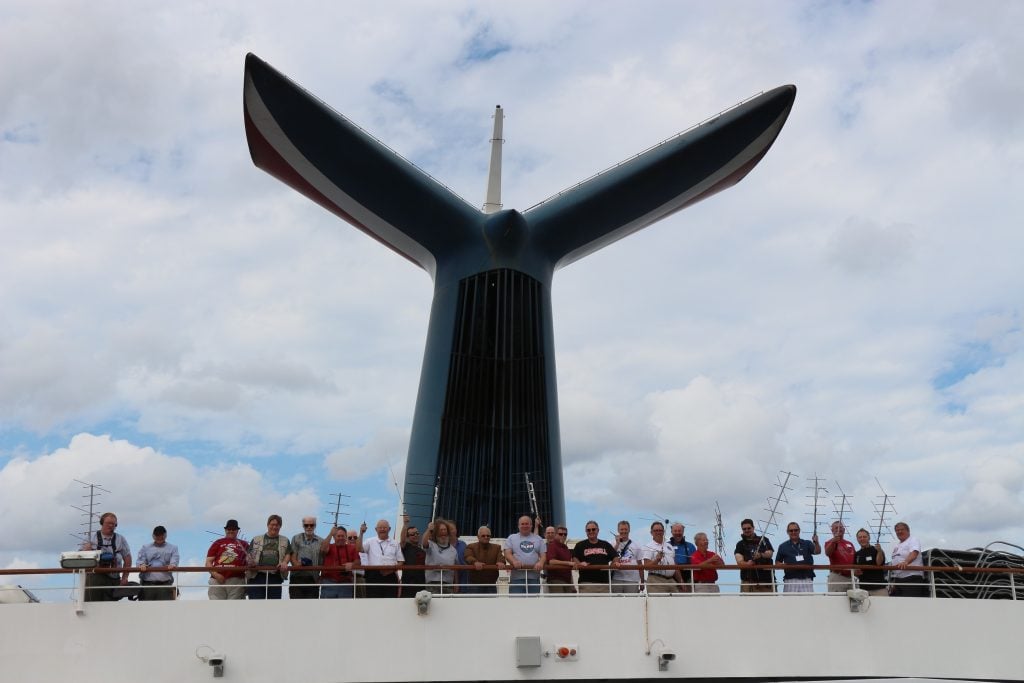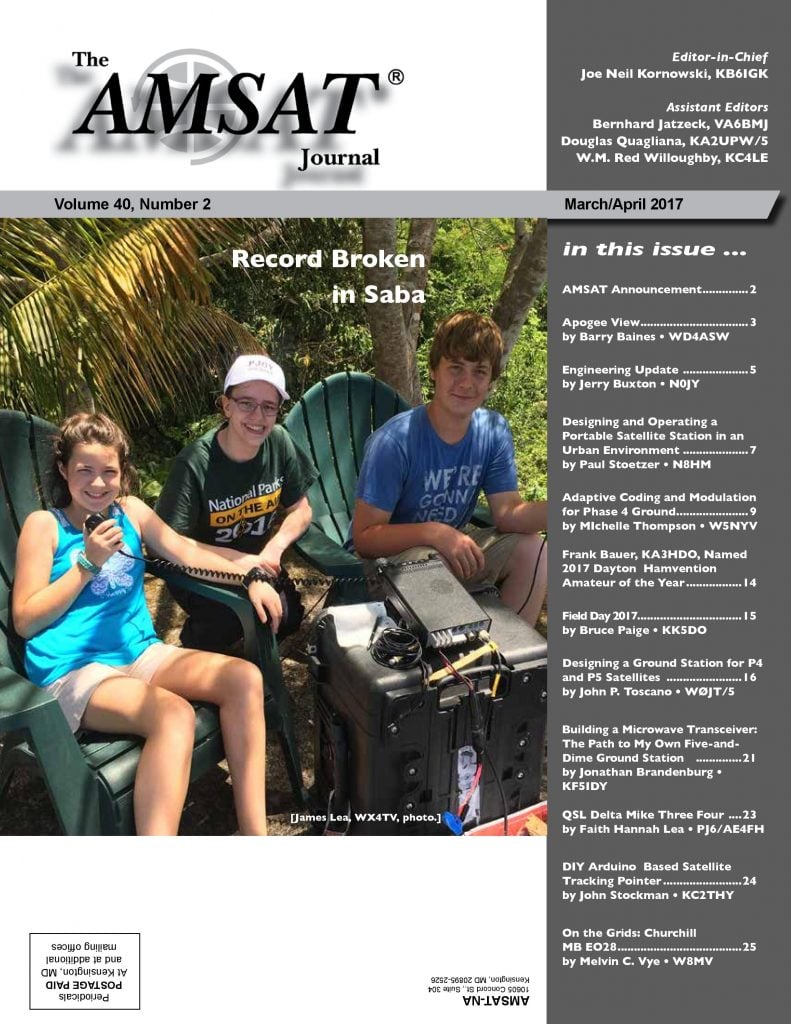AMSAT News
Reno, Nevada to Host 2017 AMSAT Space Symposium Oct 27-29
AMSAT NA announces that the 2017 AMSAT Space Symposium will be held on Friday through Sunday, Oct 27, 28, 29, 2017 in Reno, Nevada. Location will be at the Silver Legacy Resort , 407 N Virginia Street, in Downtown, Reno.
The Silver Legacy is a 4 star Resort/Hotel/Casino which is an iconic 42-story hotel with its massive round dome and spires centered in downtown. The Silver Legacy is typically lit green at night and is referred to by many as the “Emerald City” of Reno. In support of the
University of Nevada Wolf Pack, the Silver Legacy will sometimes turn blue.
Some of the perks include
* Free parking for attendees.
* Free transportation to and from the airport (10 minutes shuttle
ride).
* Complimentary WiFi.
* The Silver Legacy has 8 restaurants and 8 different retail shops.
* Large selection of additional restaurants and casinos (El Dorado, Circus Circus, and the rest of downtown Reno) are in close proximity and within walking distance.
* Multiple alternate activities and attractions are in the Reno area.
Nevada Museum Of Modern Art
National Automobile Museum
Fleischmann Planetarium (UNR Campus)
National Bowling Stadium
* If you are staying longer in the Reno area, there are several other points of interest close by, including Virginia City and Lake Tahoe.
2017 AMSAT Space Symposium and Annual Meeting
The annual AMSAT Space Symposium features:
* Space Symposium with Amateur Satellite Presentations
* Operating Techniques, News, & Plans from the Amateur Satellite World
* Board of Directors Meeting open to AMSAT members
* Opportunities to Meet Board Members and Officers
* AMSAT-NA Annual General Membership Meeting
* Auction, Annual Banquet, Keynote Speaker and Door Prizes !!
Several members from The Sierra Nevada Amateur Radio Society (SNARS) as well as many other local radio amateurs will be participating in helping with this event.
Additional information about the 2017 AMSAT Symposium will be posted on the AMSAT web site, www.amsat.org as it becomes available.


[ANS thanks Joe Spier, K6WAO, Frank Kostelac, N7ZEV, Linda Kostelac, KC7IIT, and the AMSAT-NA Office for the above information]
RadFxSat (Fox-1B) Launch Date Moved to August 29, 2017
The launch date for RadFxSat (Fox-1B) has been moved to August 29, 2017. RadFxSat is one of four CubeSats making up the NASA ELaNa XIV mission, riding as secondary payloads aboard the Joint Polar Satellite System (JPSS)-1 mission. JPSS-1 will launch on a Delta II from Vandenberg Air Force Base, California.
RadFxSat is a partnership with Vanderbilt University ISDE and hosts four payloads for the study of radiation effects on commercial off the shelf components. RadFxSat features the Fox-1 style FM U/v repeater with an uplink on 435.250 MHz (67.0 Hz CTCSS) and a downlink on 145.960 MHz. Satellite and experiment telemetry will be downlinked via the “DUV” subaudible telemetry stream and can be decoded with the FoxTelem software.
RadFxSat construction and testing was completed in the fourth quarter of 2016 and the CubeSat is currently in clean storage at Fox Labs, waiting for delivery and integration which is now scheduled for June, 2017.
[ANS thanks Jerry Buxton, NØJY, AMSAT Vice President for Engineering
for the above information]
AMSAT Space Symposium at Sea a Success!
The 2016 AMSAT Space Symposium and General Meeting held aboard the Carnival Liberty in the Gulf of Mexico is now history! Approximately 70 AMSAT members as well as family and friends from the United States, Canada, UK, Germany, Switzerland, Israel, and the Azores enjoyed the presentations, activities, and camaraderie during the four day cruise, which departed from Galveston, Texas and included a port call at Progreso, Mexico. Look for more details about the Symposium presentations and activities in the next issue of The AMSAT Journal.

Due to a lack of internet bandwidth, live audio of the 2016 AMSAT General Meeting was not available via Echolink. Please see the following slides presented during the General Meeting by AMSAT President Barry Baines, WD4ASW, for an update on the status of AMSAT:


